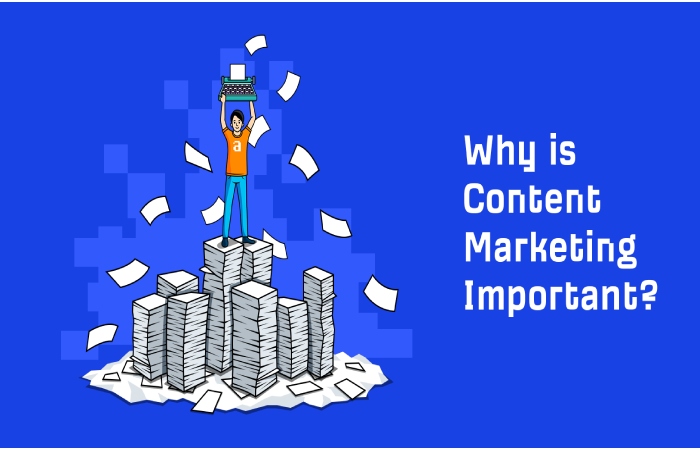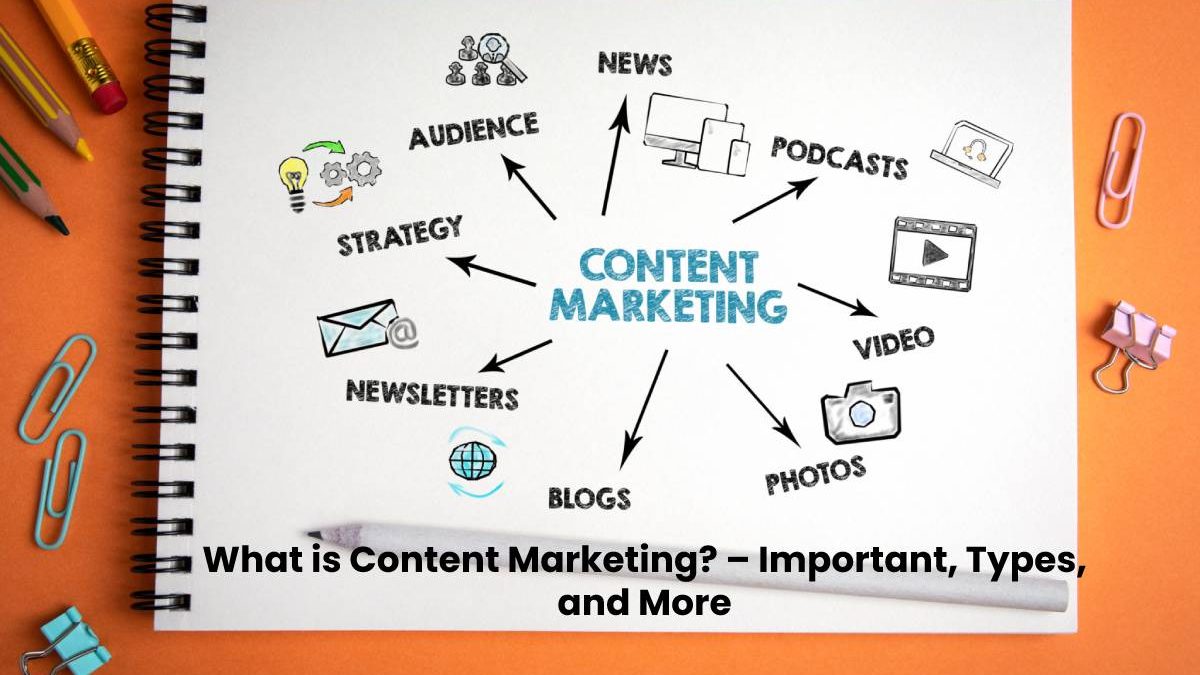Table of Contents
Introduction
Content marketing is the strategic marketing approach that focuses on all phases related to the planning, creation, and also distribution of content for the target audience of a brand or business.
The ultimate goal of this type of information is to improve the emotional bond with the audience through the creation of resources that help:
- Better explain the product in terms of its characteristics, benefits, or forms of use.
- Convey brand values.
- Disseminate information of interest to the audience to help improve the link with potential customers.
Why is Content Marketing Important?

Inbound marketing appears as a response to the increasingly less effective and also excessively aggressive traditional marketing actions. Content marketing actions fall into this category and use communication media to interact with consumers. In addition to increasing brand reach, content marketing serves to:
- Educate the consumer.
- Improve the conversion rate.
- Establish a one-to-one relationship with the audience.
- Receive feedback from the end customer immediately.
- Strengthen emotional ties with the target audience through a sense of community.
Types of Content Marketing
In the messages that a brand can launch through content marketing, different tactics depend on the type of platform or format chosen and also the impact it is desired to have. The most frequent are:
Content on Social Networks
These platforms have millions of users all over the world. Using them allows you to create a direct and close dialogue with the consumer while segmenting them according to the type of business and the audience you want to have.
Social media content marketing example
The Instagram platform is excellent for business brands, but it can also be helpful for just about any business with something to say and a service to sell. Here are some examples of how Nike is using content on Instagram and succeeding.
Infographics
Infographics do not allow you to interact with the audience, but they convey the message visually and directly. Despite not being exclusive to social networks, they are easy to share and, as such, have the potential to go viral and reach many consumers.
Infographic Content Marketing Example
This infographic shows e-commerce activities in 2020 in an easy-to-understand way. For example, it clearly explains that: “In 2019, 74% of Spaniards made an online purchase from any device in the last month.” It is a visual way of communicating information.
Blogs
This inbound marketing tool is potent for sharing information with an informative purpose, whether to convert readers into consumers, inform our clients or establish a relationship with the audience.
Blog content marketing example
Presta Shop has a blog that shares information related to e-commerce. Whether it’s about eCommerce news, tips and also trends, etc., your blog is the best source of communication about this eCommerce platform. In addition, it publishes content continuously to keep users interested and active.
Podcast
Its functions can be similar to the blog content but in audio format. This content style is becoming fashionable and also more users consume it to be informed or entertained.
Podcast Content Marketing Example
This type of digital audio content available online is an alternative way for potential customers to learn about new topics and also expand their knowledge anywhere and anytime. For example, the PrestaShop podcast is perfect for learning about eCommerce.
How to Create a Content Marketing Strategy
Now that the different ways a content strategy can be executed have been clarified, the only thing left to do is to know what steps must be taken so that the actions meet their objectives and achieve effectiveness.
1. Set Smart Goals
These objectives must be specific to the business and also aimed at improving strategic KPIs, depending on the moment in which our company is. For example, the goals can be to increase sales in general and improve the rotation of a particular product or the brand image, among others.
2. Determine the KPIs
Just as KPIs have been used to identify areas for improvement, we need to know which indicators will reflect the effect of actions on results.
3. Choose Content Channels
Knowing the objectives and the audience, the most appropriate way to get the message across is chosen: social networks, blogs, videos, etc.
4. Decide on the Type of Content
Another important decision for the effectiveness of the content campaign is to choose a format that is suitable for the audience to reach and that, in addition, facilitates dissemination.
5. Set a Budget
It is essential for any campaign, as it helps make decisions and measure the results in terms of profitability.
6. Create and Distribute the Content
To succeed in this action, it is important to create a calendar that adjusts each publication to the strategy’s objectives.
7. Analyze and Measure Results
In the business world, what cannot be measured does not exist. For this reason, tracking KPIs during and after use is essential to quantify the effect.
Conclusion
Content marketing is a strategy used to attract, engage, and preserve an audience by creating and sharing relevant objects, videos, podcasts, and other media. This approach establishes capability, and promotes brand sentience. And keeps your business top of mind when it’s time to buy what you sell.

